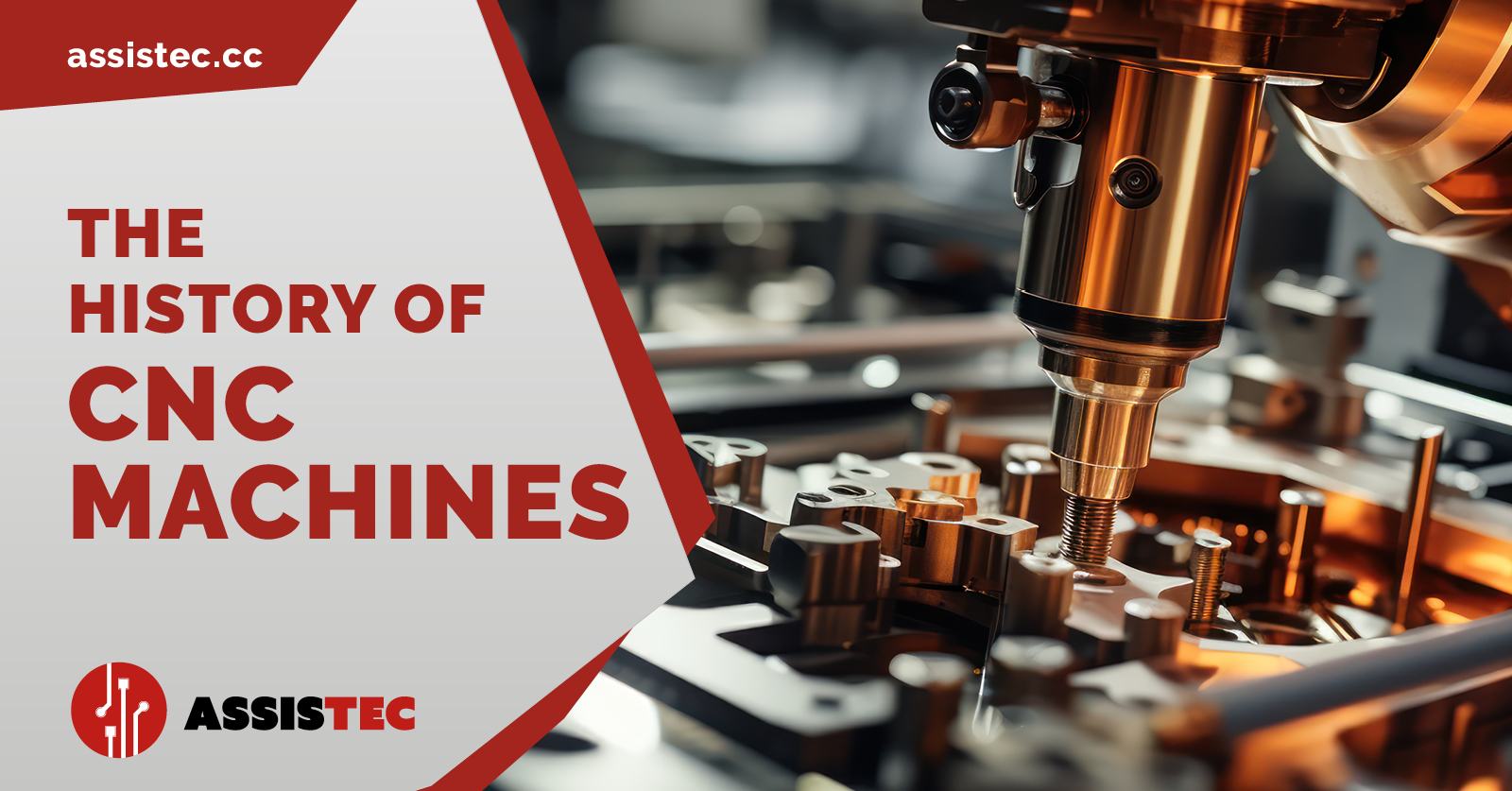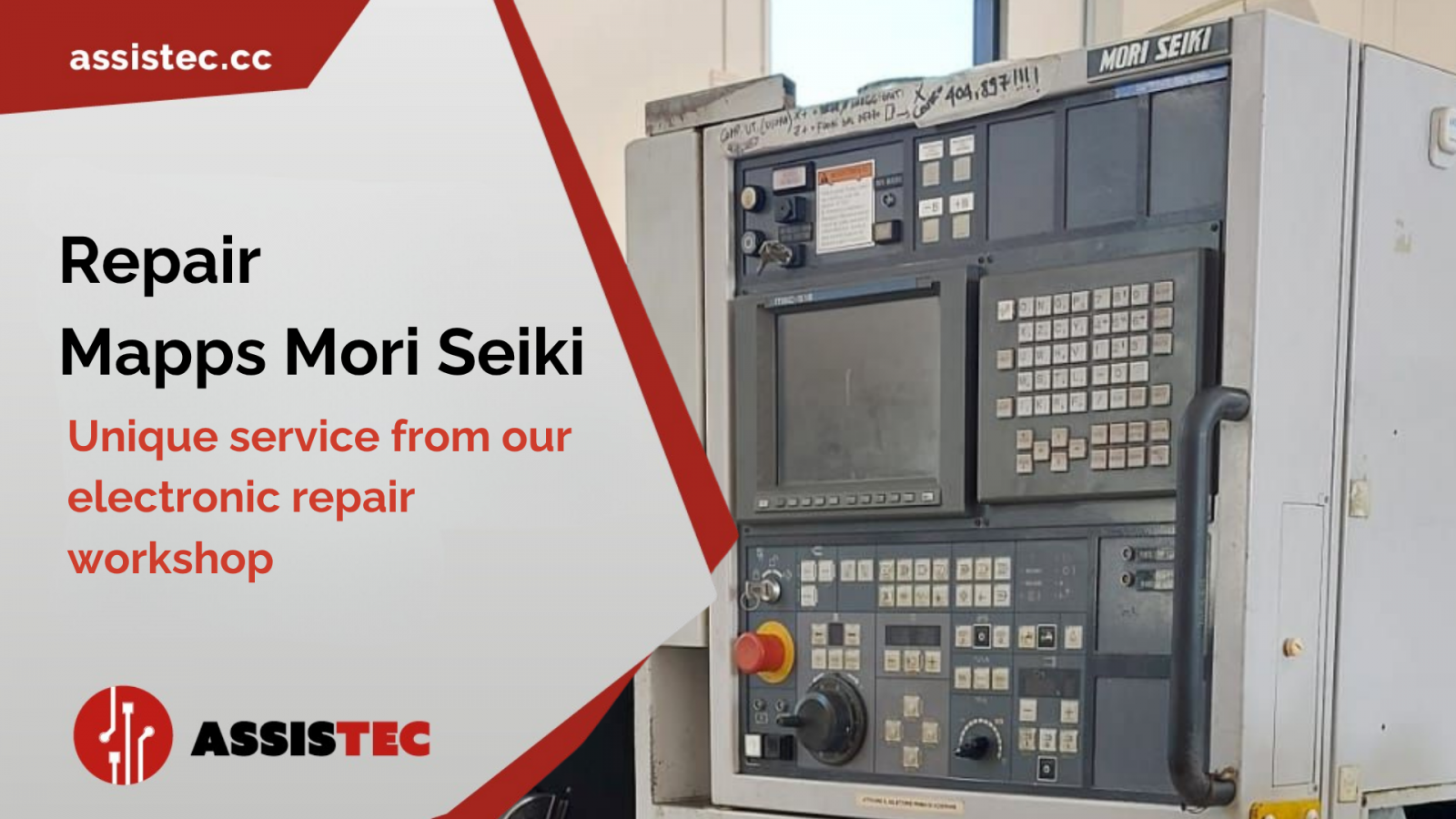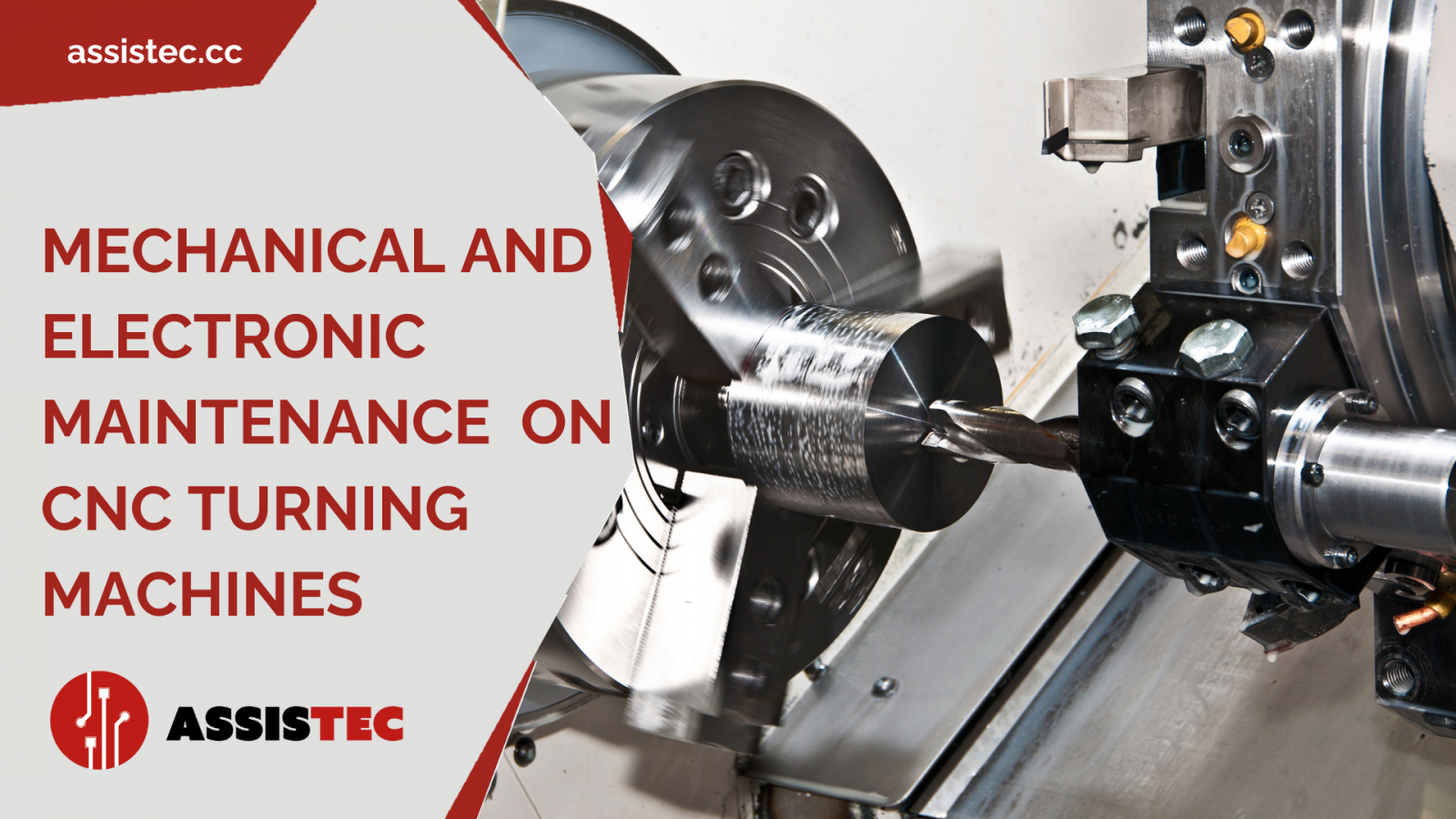The history of numerically controlled machines


Numerically controlled (CNC) machines represent one of the most important technological innovations of the modern industrial era.
Their ability to automate and standardise complex operations has changed the face of manufacturing, transforming craft processes into large-scale industrial precision systems.
The spread of CNC machines has made it possible to reduce human error, increase productivity and, above all, guarantee repeatability of machining operations that would otherwise have been impossible. This has proved particularly crucial in sectors where precision, efficiency and speed are vital, such as aerospace, automotive, precision engineering and medical device manufacturing.
One of the main reasons for the success of CNC machines is their ability to perform tasks with extreme precision that previously required the manual intervention of skilled workers.
With CNCs, on the other hand, once the machining has been programmed, the machine can perform an infinite sequence of operations without loss of precision, solving problems of variability and improving the quality of the finished product.
At this point, the question might arise: when did CNC machines originate and how did they reach this level of sophistication?
The origins of CNC machines: from John T. Parsons to the modern industrial revolution
The origin of CNC machines can be traced back to the 1940s, at a time when industrial production was experiencing an unprecedented technological boom.
The concept of numerical control, which would later lead to the birth of CNCs, was developed to meet the growing need for precision and speed in the aeronautical industry.
John T. Parsons, an aeronautical engineer, was one of the pioneers in this field as he worked on a system to automate the machining of helicopter components. In collaboration with the company MIT Servomechanisms Laboratory, Parsons designed a system that used punch cards to control the movements of machine tools: it was this idea that laid the foundation for numerical control.
The first complete prototype of a numerically controlled machine was built in 1952 by the Massachusetts Institute of Technology (MIT) thanks to a project funded by the US Air Force. This prototype used perforated belts to control the movements of a milling machine, and although the system was still rudimentary, it represented a huge technological leap.
The first commercial applications were in the aeronautical sector, where the need to produce complex, high-precision components was growing, pushing research towards further technological developments.
The evolution of CNC machines: from analogue to digital and beyond
Starting in the 1960s, technological innovation led to the replacement of the first analogue control systems with digital systems, which made the process considerably more efficient and flexible.
This change significantly increased the programming speed and precision of operations. In parallel, CNC machines began to spread to other industries, such as automotive and manufacturing, revolutionising the way products were made.
In the 1970s and 1980s, with the development of computers and CAD (Computer-Aided Design) and CAM (Computer-Aided Manufacturing) software, the programming of CNC machines became even more advanced. CAD/CAM software allowed engineers to design complex parts on computers and directly transmit instructions to CNC machines, eliminating many intermediate steps.
This step made the production of much more sophisticated and complex components possible. Another key development step, so-called milestones in the industry, was the introduction of multi-axis machines, which increased the versatility of CNCs by allowing machining on multiple sides of a part without having to move it manually.
Over the following decades, CNC machines became increasingly sophisticated, with the integration of sensors, advanced robotics and the ability to interface with corporate networks. Reduced costs and increased computing capabilities have enabled even small and medium-sized companies to access this technology, extending its use into many different sectors.
CNC machines today: versatility, automation and artificial intelligence
Today, CNC machines are essential for a wide range of manufacturing processes.
They are capable of machining extremely hard materials such as steel and titanium, but also more delicate materials such as plastics and composites. In addition to traditional milling, turning and drilling operations, many modern CNC machines can perform advanced operations such as laser cutting, 3D printing, and 5-axis milling, enabling the production of components with highly complex geometries.
The functions of CNC machines are also no longer limited to simply executing orders. Thanks to advanced programming software, such as the latest generation of CAD/CAM systems, CNC machines are able to perform detailed machining simulations before the process even starts.
This allows machining to be optimised, reducing time and costs, and minimising errors.
Furthermore, with the integration of artificial intelligence, CNC machines are becoming increasingly autonomous. Machine learning algorithms allow machines to adapt and optimise processes in real time, improving product quality and minimising scrap.
A window to the future: towards increasingly intelligent production
The future of CNC machines is closely linked to the evolution of digital and artificial intelligence. With the integration of IoT (Internet of Things) sensors, CNC machines will be increasingly connected in intelligent production networks, capable of dialoguing with each other and optimising processes autonomously.
Artificial intelligence will continue to play a key role, paving the way for fully autonomous and interconnected production systems (without diminishing the human component, as well explained by the new Industry 5.0 paradigm), capable of reacting in real time to changes in production requirements.
With the increase in product customisation and the demand for ever-faster delivery times, the CNC machines of the future could become an integral part of highly flexible production systems, where automation not only improves efficiency, but also makes possible a new era of tailor-made production, capable of responding to customer needs in real time.
CNC Machines: Assis-Tec Services
By relying on us, you will benefit from a comprehensive service and periodic maintenance service to ensure the constant efficiency of your machinery, preventing breakdowns and costly production stoppages.
Our interventions, carried out by highly qualified technicians, are designed to optimise the operation of your equipment.
Regular maintenance and timely intervention in case of failure not only prolongs the life of your CNC machines, but also improves productivity, reducing the need for additional purchases.
We also offer a specialised service for programming and updating CNC software, guaranteeing you a flexible production line, optimal performance and compatibility with the latest industry standards.
At Assis-Tec you can count on:
• Certified and up-to-date technicians
• Fast and decisive interventions
• High-quality original spare parts;
• Precise diagnoses and customised solutions
• Constant technical support
Contact us to find out how we can help you maximise the performance of your CNC machines!
Recent Posts

-
MAPPS Mori Seiki: cutting-edge technology at the service of CNC programming
In the world of CNC machining, Mori Seiki has always been synonymous with precision, efficiency and innovation. Among the systems that have contributed most to building this reputation, MAPPS (Machine Advanced Programming Production System) occupies a place of absolute importance. This hardware, integrated into Mori Seiki machines (updated in CELOS), allows for intelligent management of every stage of production, from programming to simulation. Today, thanks to the many years of experience of the Assistec laboratory, it is possible to repair MAPPS Mori Seiki, with the certainty of turning to a team of qualified, up-to-date and responsive professionals.
-
CNC lathes are the beating heart of many mechanical workshops and manufacturing companies. However, their ability to guarantee precision, production continuity and impeccable finishes depends on a factor that is often underestimated: maintenance. Regular mechanical and electronic maintenance is not only a technical requirement, but also a business strategy that reduces machine downtime, preserves product quality and extends the life of the equipment. This guide explores all the operations necessary for comprehensive maintenance, with practical advice and guidance on when it is essential to rely on specialised professionals.
-
The efficient management of CNC machine tools cannot be separated from a reliable, timely and well-organised spare parts system. This is where the Assistec Spare Parts Portal comes into play, designed to provide concrete support to workshops, maintenance technicians, technical managers and industrial buyers.
Thanks to direct integration with the automated warehouse, the portal allows you to identify and order new and remanufactured components in just a few clicks, with real availability and fast shipping.
Among the most requested spare parts today are hydraulic control units, which are essential for ensuring the operational continuity of CNC systems



